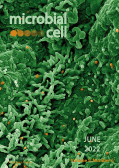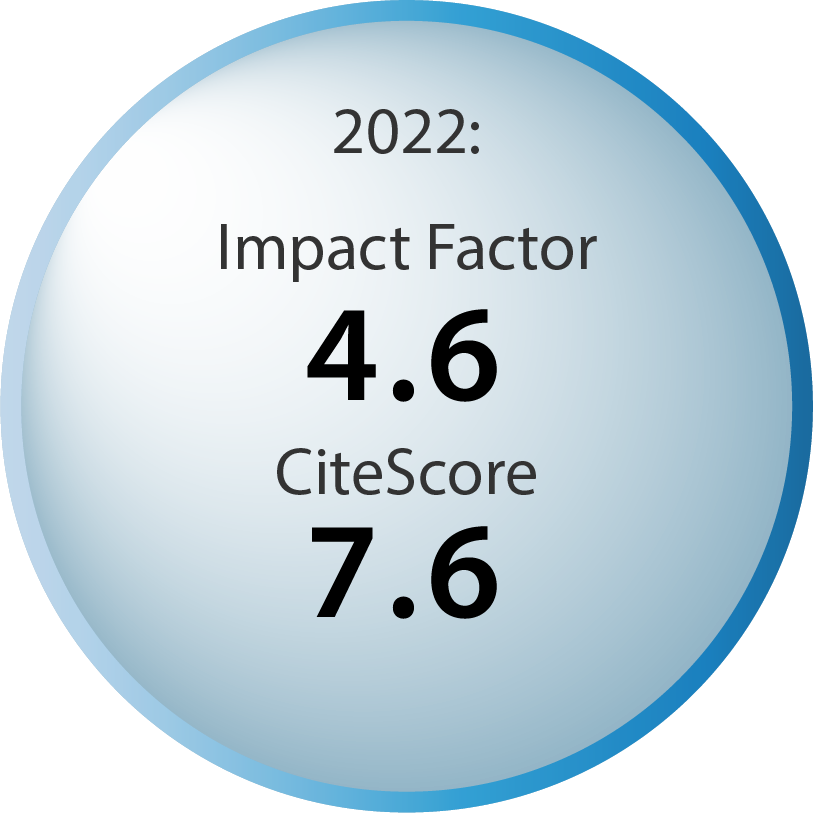Table of contents
Volume 9, Issue 6, pp. 126 - 135, June 2022
Cover: Colorized scanning electron micrograph of monkeypox virus (orange) on the surface of infected VERO E6 cells (green). The image was captured and color-enhanced at the National Institute of Allergy and Infectious Diseases (NIAID) Integrated Research Facility in Fort Detrick, Maryland (USA); image retrieved via Flickr and modified by MIC. The cover is published under the Creative Commons Attribution (CC BY) license. Enlarge issue cover










